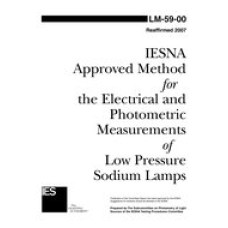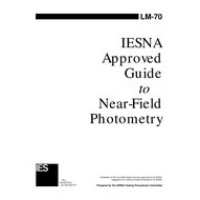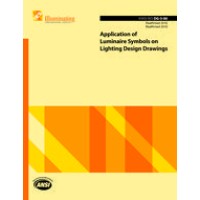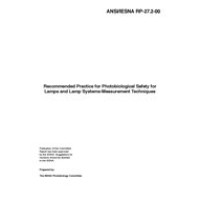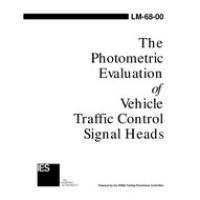IESNA Approved Method for the Electrical and Photometric Measurements of Low Pressure Sodium Lamps This Lighting Measurements Guide describes an approved method covering the procedures to be followed and the precautions to be observed in obtaining uniform and reproducible measurements of the electrical and photometric characteristics of low pressure sodium (LPS) lamps under standard conditions in 50- and 60-hertz alternating current circuits. The LPS lamps covered here are characterized as discharge devices whose arc tubes have wall loading less than 3 watts per square centimeter. This Guide revises and replaces the previous edition last published in 1991. The photometric information usually required is total luminous flux (lumens) and/or luminous intensity (candelas) in one or more directions. In this Guide, determinations of these data are considered photometric measurements. The electrical characteristics usually measured are source voltage, lamp current, lamp voltage, and lamp power. In this Guide, determinations of these data are considered electrical measurements. Following a brief introduction which includes a discussion of nomenclature, the main sections of this Guide are: ambient conditions revealing why LPS lamps are little influenced by ambient temperature changes or drafts; power source characteristics explaining the need for regulated line voltage having a sinusoidal waveshape; ballasts describing the role of the reference ballast; circuits detailing two reference ballast circuits that will give satisfactory results; lamp stabilization defining the burning period required before measurements can be taken and the critical nature of lamp orientation; electrical settings specifying the standard method of photometering an LPS lamp; electrical instrumentation discussing the need for accurate test equipment that yields true RMS values; photometer defining the spectral responsivity of this equipment; photometric test procedures covering normal intensity, intensity distribution, and integrating sphere measurements; and test report identifying all significant data to be recorded for each lamp tested. This Guide also contains an Annex about compensating for the presence of electrical test instruments in a test circuit, another Annex explaining how photometric detector deviations from the ideal response curve are accounted for, and a Glossary.
 PDF
PDF
All of our standards document are available in PDF (Portable Document Format), an electronic, downloadable format.You will be able to download the file in your account downloads.
 Multi-User Access
Multi-User Access
After purchasing, you have the ability to assign each license to a specific user.
 Printable
Printable
At any time, you are permitted to make printed copies for your and your members' reference use.
 PDF
PDF
 Multi-User Access
Multi-User Access
 Printable
Printable

